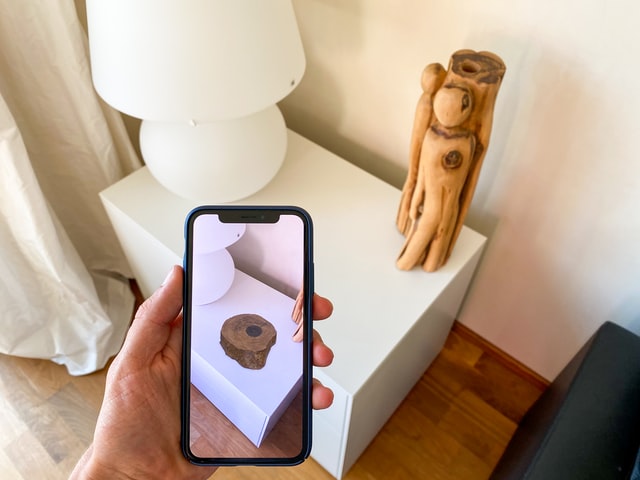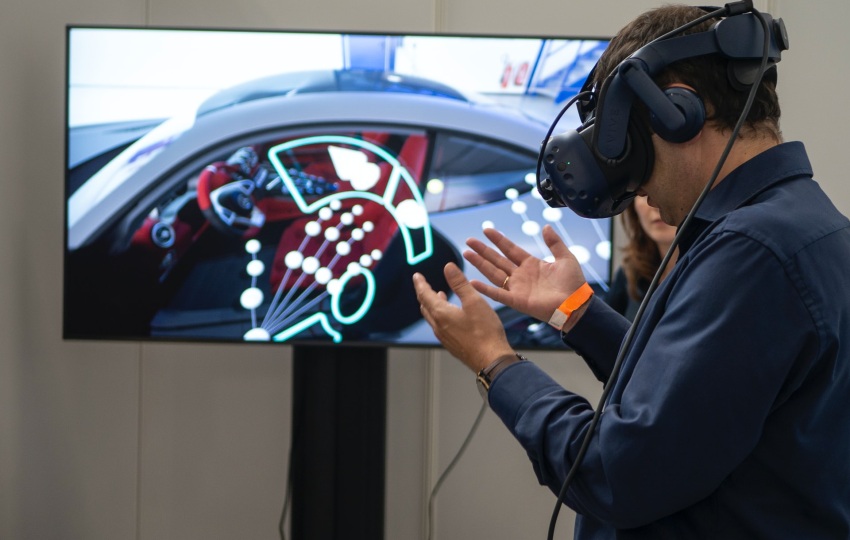The gift of the digital world nowadays is the ability to superimpose data with images from the physical world. This is done through augmented reality (AR).
What AR does is to change massive analytics and data into actual animations and images seen in the real world. Today, these are mostly seen through mobile applications, but it is not a far-fetched reality to see head-mounted smart glasses or hands-free wearables someday.
Moreover, the impact of AR is unparalleled when applied in business-to-business settings. Imagine what the information through AR can do when executing tasks and making decisions.
AR can also help businesses customize and manage their operations in a remote setting. The guidance about products and even the interaction of customers with the products are visualized and improved.
In this article, the ways by which AR helps generate leads for businesses are discussed.
Product previews
One way by which AR can generate leads is through product reviews. What this means is that prospective clients are able to try products even before buying them, allowing them to have more accurate expectations.
Examples of this preview are found in the fields of cosmetics, automobile tests, and fitting rooms. Specifically, when it comes to sampling accessories and makeup, there are now AR applications that enable customers to see their appearance before buying the actual makeup.
The same example is demonstrated in virtual fitting rooms. As opposed to physical rooms where customers sometimes take a lot of clothing items, giving employees a lot of work to restore those not purchased, AR limits inventory, boosts productivity and targets clients.
Online shoppers are also presented with holograms of products that can be downloaded. Such libraries of 3-D product images一integrated into a home or an actual room一helps consumers see the furniture and how it would look in their homes. To gather more visual content, brands can also convert CSV to image in case there’s any important data they’d like to have visualized.

Given the example above, one should note that the data regarding preferences of customers can be collected from various regions, thereby allowing businesses to design their AR targeted towards these leads.
Better branding
The regular brochure and business cards are given a total makeover with the addition of a virtual component. Through AR, customers can now scan various materials through their mobile phones as a way of accessing product features.
What this means is that there is heightened engagement. With heightened engagement, better branding and more leads are to be anticipated.
An example of better branding done through AR is having a brochure scanned and leading the customer to a video that emphasizes the information being given. This makes a once static element on a brochure a dynamic one.
Moreover, some business cards nowadays have the feature of allowing prospects to communicate, through a single click, via a phone call, email, or website.
Beyond that, branding is not just about tools; it’s also about generating the right buzz. Through a well-designed AR experience, people can identify the brand being marketed as a satisfactory one, helping generate good impressions and memories, which in turn build brand and customer loyalty.
Improved sales and customer service
Another way by which AR helps generate more leads is found in the way it improves sales. For one, AR goes beyond the regular PowerPoint presentation in giving information about product lines, enhanced with features like a virtual 360-degree appearance.
With this upper hand created by any vendor who will utilize AR, one can expect that more customers can be brought in. After all, with AR sales tools, there are so many possibilities to design ways by which customers tinker and look at products as detailed as possible.
The decision, then, to make a purchase is improved through the use of AR. Customization options tailor-fit towards specific demographics is another way to boost sales and generate leads.
Additionally, AR tools now provide post-sales support. Traditionally, customer service can be tricky and challenging, with clients having to deal with user manuals and other online sites that are hard to navigate.
However, with AR, there is now a more responsive and interactive way to render customer service. It can even be done through a remote team and remote manuals already while reducing staff errors in the process.
Customer service, to add, is also about its salespeople. AR helps the sales team by giving a more comprehensive offering of product lines.
With this improvement, customers are more likely to associate efficiency with a team that is more knowledgeable compared to another team that would have to rely on traditional materials like flyers and brochures, which, admittedly, may not be as interactive and comprehensive as the one driven by AR.
Augmenting leads, the AR way
Given all that’s been mentioned, the most important thing to highlight about the power of AR is how it targets a person’s cognitive load. This refers to the effort by which a human being needs to process information presented.
AR fills in the cognitive distance, which refers to the gap in processing info, and the speed by which it is done. Because of the use of its graphical user interface—juxtaposing relevant data with images from the physical world—people are able to understand the information right away and apply that in their decision-making.
Generating leads, therefore, is no question when AR is used to influence how people look at products being advertised and how they are made to understand what would make it work for them. That’s surely a great way to augment one’s leads — the AR way!

